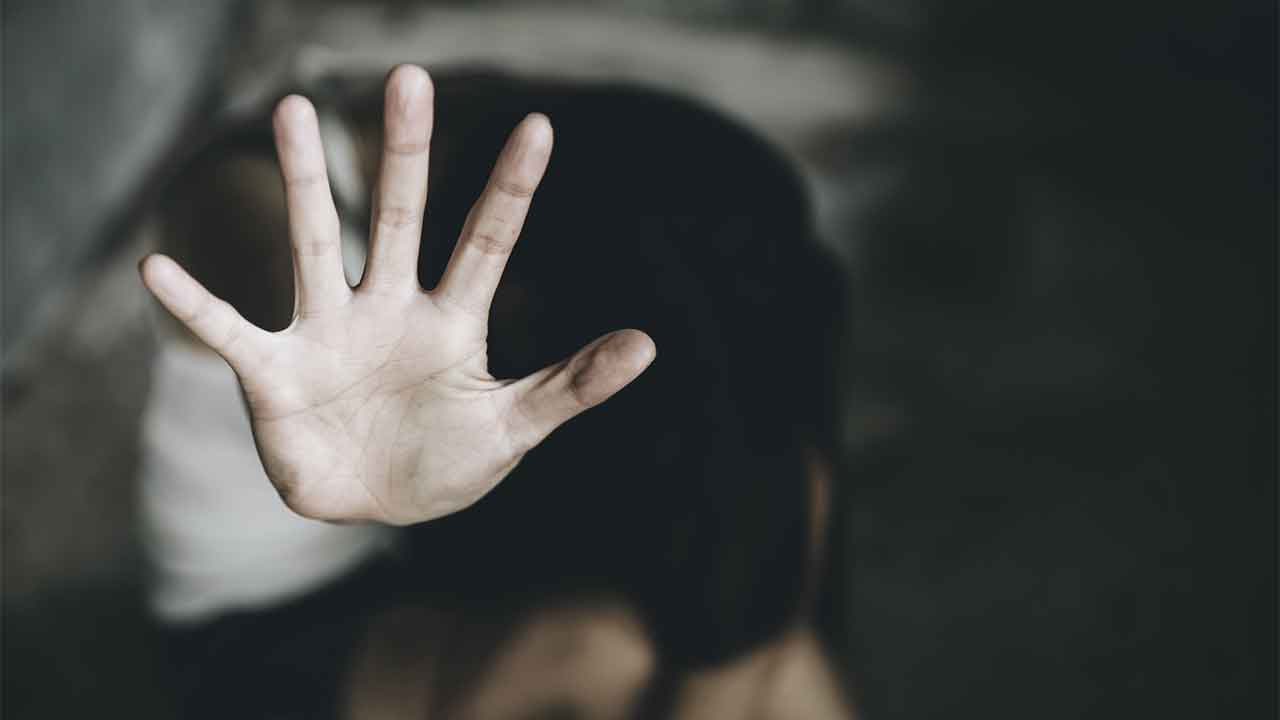Why scenes of sexual violence should be the exception, not the rule

Content warning: This article discusses sexual assault and rape.
Portraying traumatic events in films and television shows, whether it is a grisly death or extreme violence, can be difficult to pull off in a way that sends its intended message and doesn’t spark outrage among viewers.
With director Del Kathryn Barton’s Blaze confronting audiences during its showing at the 2022 Sydney Film Festival, depicting a graphic rape and murder scene witnessed by 12-year-old titular protagonist Blaze (Julia Savage), questions of when these scenes are needed and whether “very graphic” equals “very impactul” emerge.
Refinery29’s Zahra Campbell-Avenell describes being on the verge of tears for the film’s entirety, while Variety’s Peter Debruge questions whether Barton has “earned” the use of such a graphic scene, suggesting she treats it “as a device” to make a point about a child losing their innocence and navigating trauma.
In a talk after Blaze’s premiere at the festival, Barton said it was important for the scene to be authentic, but being authentic to the realities of witnessing sexual assault doesn’t necessarily mean extreme depictions are needed – especially when the film works to address the issue of femicide and abuse.
Representing the issues of sexual assualt, gendered violence and the trauma that follows is important, particularly given that, on average, one woman is killed by a current or former partner every week in Australia, but the way that we achieve that might not be through depicting the event itself, but what comes after.
Amanda Spallaci, an assistant lecturer at the University of Alberta, Canada, writes that portraying the event itself, usually in a way that evokes disgust or empathy, might last while audiences are watching the show or film but “fail to shift popular discourses” by neglecting to focus on effects, such as traumatic memory.
She argues that making audiences witness these events fails to challenge common ideas about sexual assault and rape, particularly when it comes to the expectation that the truth of a victim’s story relies on their ability to provide coherent accounts and evidence.
In reality, evidence is hard to find, witnesses are uncommon, and cases often come down to testimony from the victim and perpetrator – where beliefs that victims who are emotional during their testimony are more credible, false allegations are common, and that their recollections of the event should be detailed, specific and coherent make it even more difficult for victims to be believed.
In comparison, Spallaci says that graphic film depictions mean “the viewer knows that the rape occurred not because they believe the survivor’s testimony, but because they bore witness to the event, adhering to the imperative of truth of the traumatic event and its relationship to the iconic veracity of the (rape scene)”.
It’s important to recognise that film and TV shows are shifting towards depicting traumatic events with a focus on memory and what comes afterwards, with I May Destroy You and Sharp Objects being good examples.
Both shows rely on flashbacks and characters piecing together what happened to them in fragments, though they still show scenes of sexual assuault as well.
Blaze also deserves praise for its presentation of the struggles that victims (or, in this case, witnesses) face when giving testimony about sexual assault and murder.
It also shows that, in the wake of the #MeToo era, changes to how we tackle sexual assault are sinking through, with depictions moving away from the gratuitous scenes used for shock value in Game of Thrones, but that there’s plenty more work to be done to do right by victims.
Image: Getty Images
